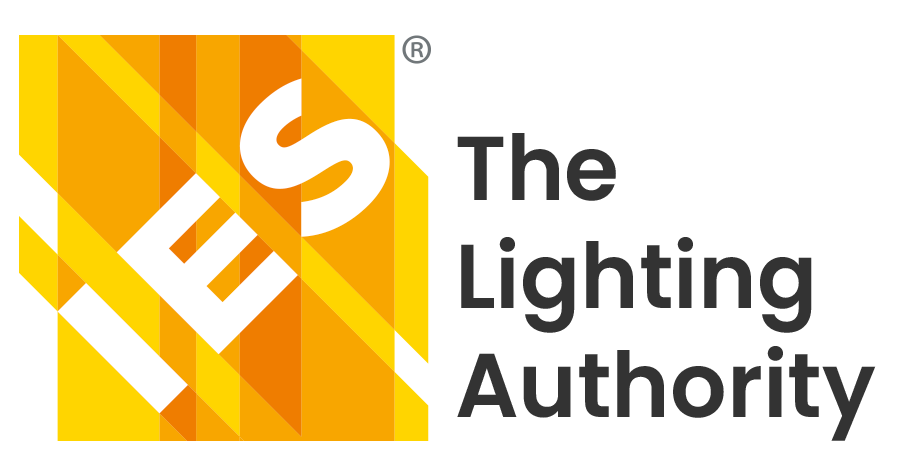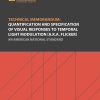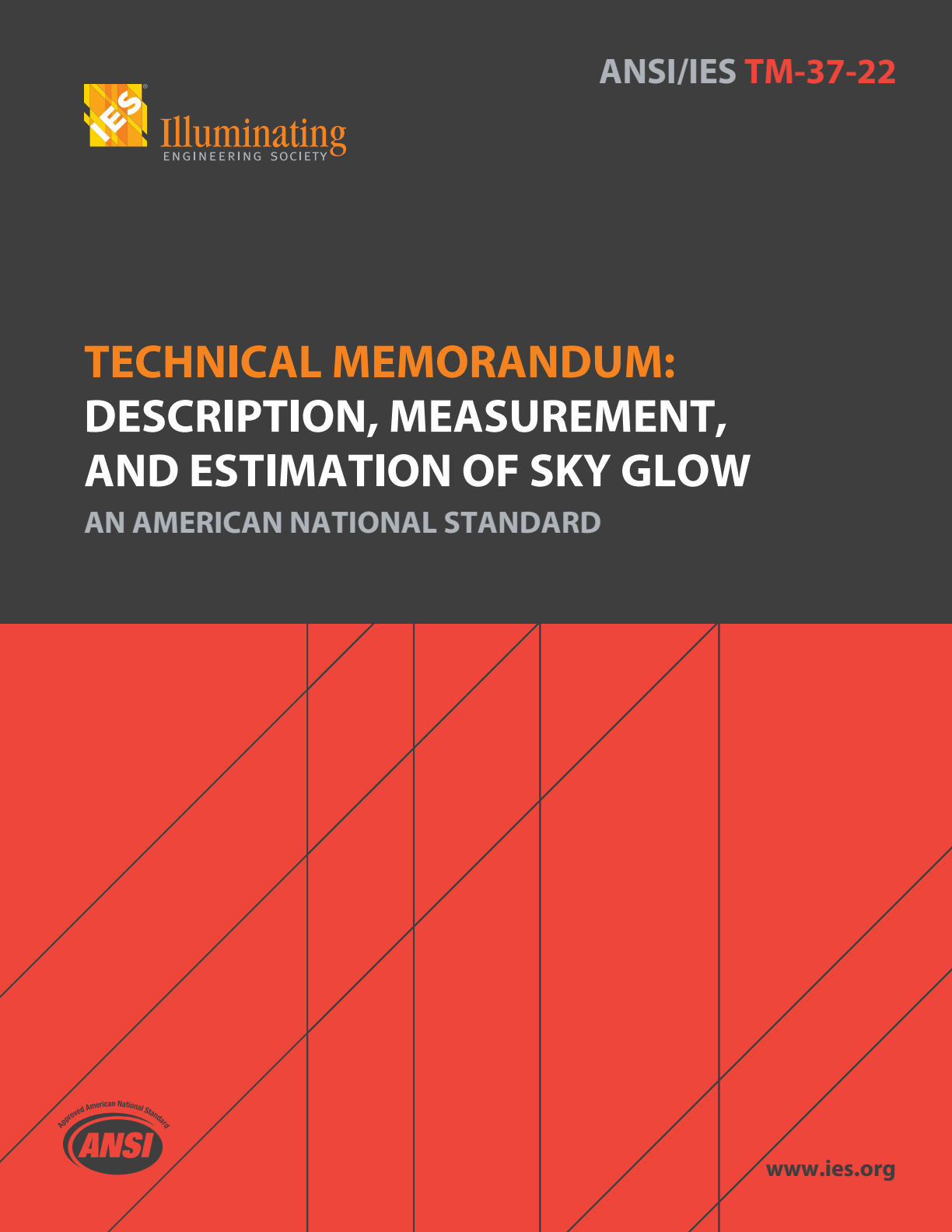Technical Memorandum: Description, Measurement, and Estimation of Sky Glow
$60.00
Member Price: $40.00
In stock
Product Description
Human-based light in the night sky mainly originates from outdoor sources intended to enable or enhance use of exterior spaces when natural light levels are insufficient for the intended purpose. To a lesser extent, light at night also comes from building interior lighting that escapes via windows or other means. Sky glow resulting from light reaching the night sky is a distinct phenomenon from other potential undesirable effects of the use of light, such as light trespass or exposure to the direct or reflected glare from an outdoor luminaire (sometimes included under the broader term “light pollution”), or light at night to which an individual may be exposed from interior sources (e.g., televisions, smart phones or tablets, clocks, nightlights). The various effects experienced by an individual would often involve a combination of such sources; this Technical Memorandum (TM) focuses exclusively on the brightness and related characteristics of the night sky and how these are influenced by the human-based light reaching it.
Page count: 55 pages
Publisher: Illuminating Engineering Society (2021)
SKU: ANSI/IES TM-37-22
ISBN:978-0-87995-450-5
Chapters:
- 1.0 Introduction and Scope
2.0 Effects of Light Output, Distribution, and Spectral Content on Sky Glow
3.0 Characteristics of Lighting Applications
4.0 Calculating Sky Glow from Lighting Characteristics
5.0 Introduction to Modeling Approaches and Issues
6.0 Means of Measuring Sky Glow
7.0 General Recommendations for Reducing Sky Glow
8.0 Glossary - Annex A – Sky Glow Comparison Tool
Illuminating Engineering Society. ANSI/IES TM-37-22, Technical Memorandum: Description, Measurement, and Estimation of Sky Glow. New York: IES; 2021.



